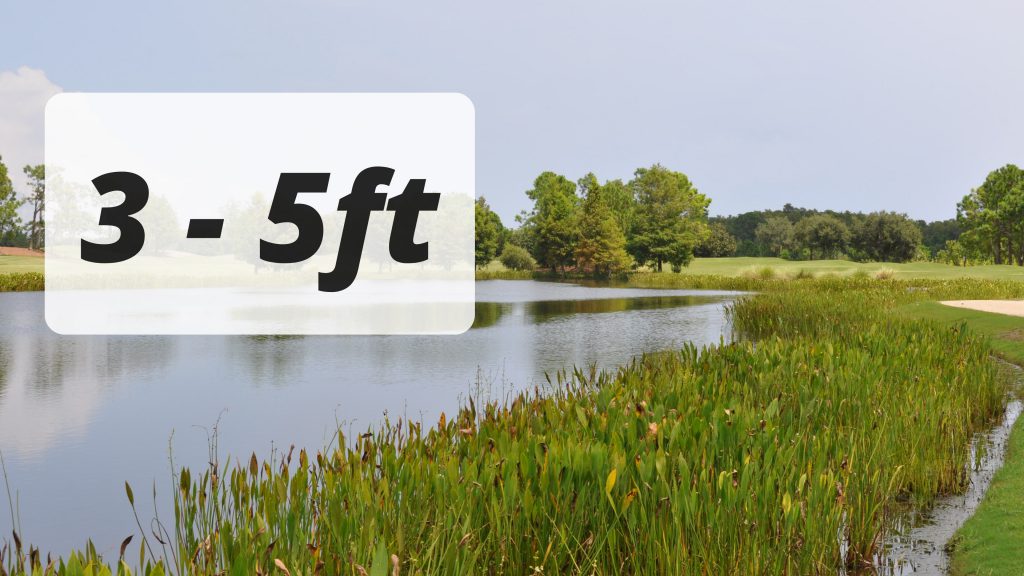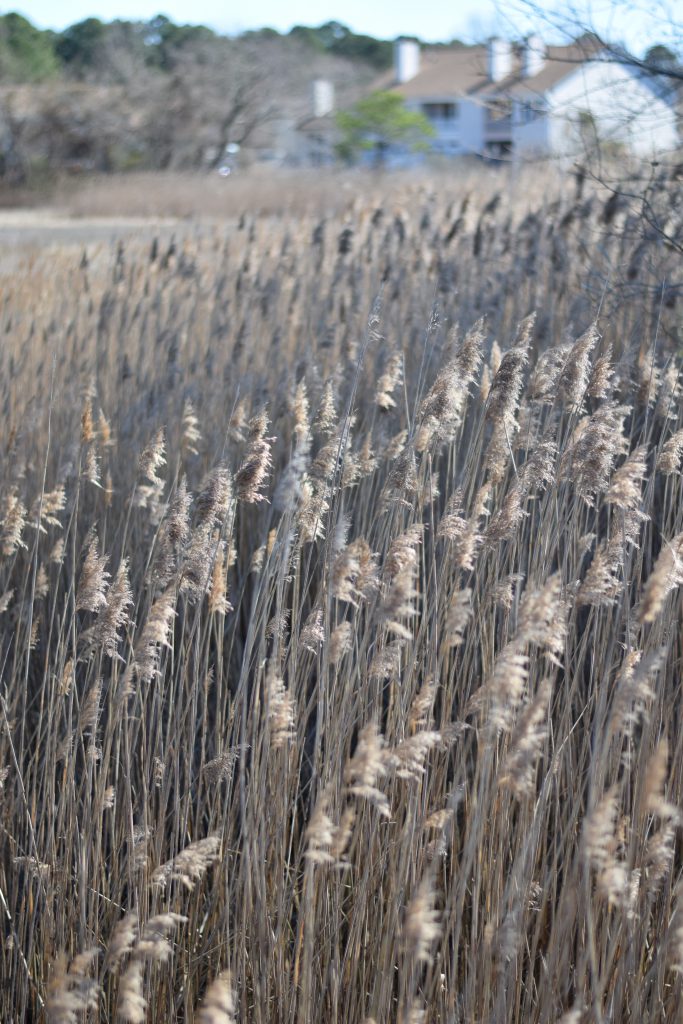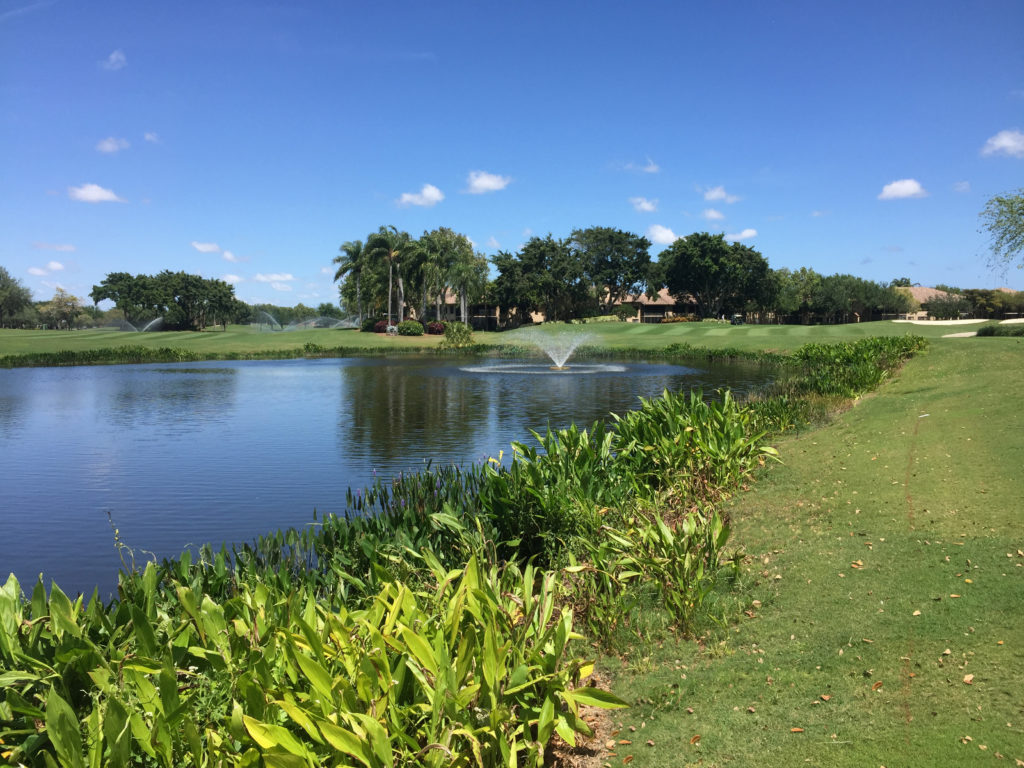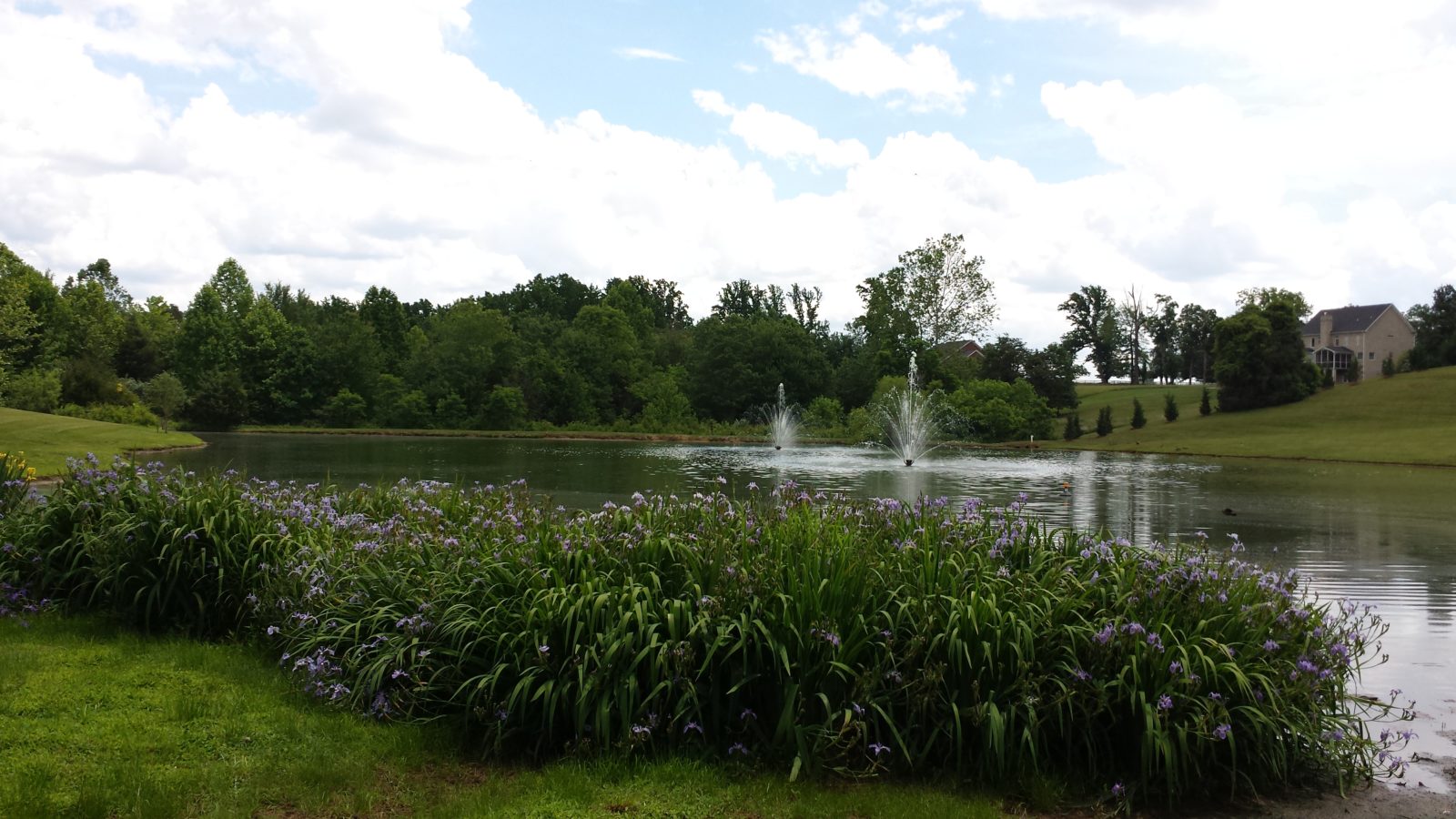
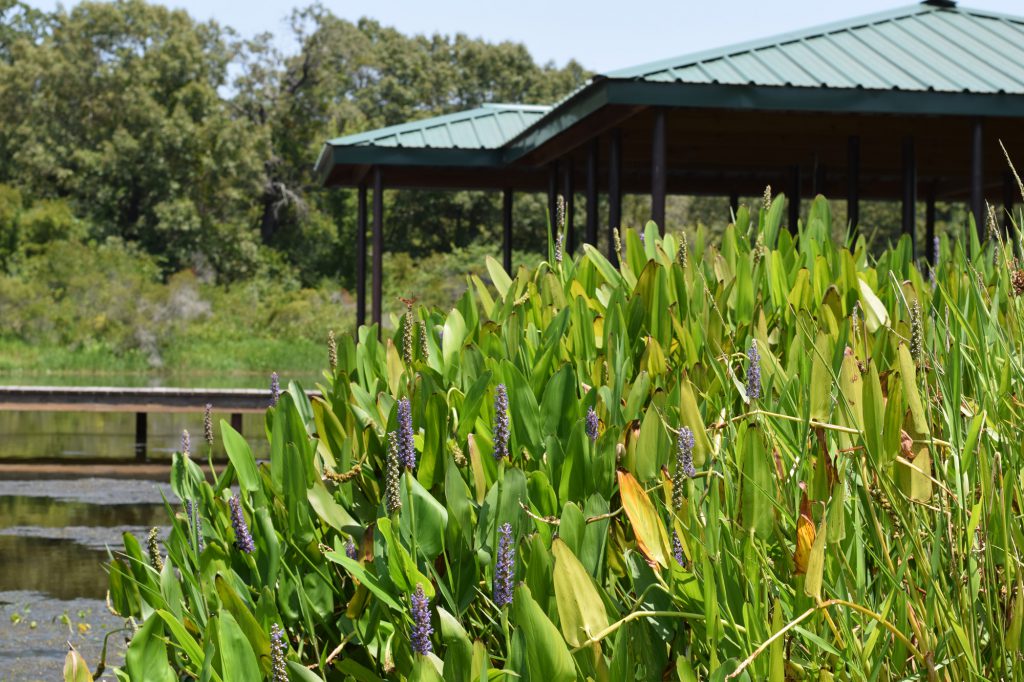
The Benefits of Maintaining a Native Plant Buffer Around Your Lake or Pond
To the unknowing eye, tall shoreline grasses and plants around a lake or pond may seem like an unnecessary nuisance that impedes views of the waterbody, but this vegetation actually serves an important purpose. Native plants provide a beneficial vegetative buffer that can protect and enhance an aquatic ecosystem. Lake and pond owners and landscapers who are accustomed to manicuring all the way down to the water’s edge should take note of the potential harm they are causing their waterbody and consider taking simple steps to cultivate a new buffer that is both healthy and beautiful.
The benefits of a natural, unmowed buffer are plentiful. When native aquatic plants are allowed to take root, they help stabilize delicate shorelines, preventing erosion and the accumulation of sediment along the edge of a waterbody. Within the water, small fish will find vital cover under plants that hang over the edge of the shore. Flourishing vegetation can also help attract desirable wildlife and insects, like dragonflies, which feed on mosquitoes, while deterring pets, livestock, or undesirable animals, like geese, from entering the waterbody.
Establishing A Proper Buffer
Additionally, shoreline buffers may help prevent the occurrence of long-term issues. Dense plants can help filter trash, leaves, grass clippings, fertilizers and other debris that can cause excessive nutrient spikes in a lake or pond. Waterbodies that receive large amounts of runoff tend to contain high levels of nitrogen and phosphorous, nutrients that can spur the growth of nuisance vegetation and algae blooms like toxic cyanobacteria. Without nutrient remediation, this undesirable plant growth can eventually cause persistent water quality problems to include foul odors and low dissolved oxygen levels that may harm fish and other wildlife. Excessive runoff can also cause sediment to build up, decreasing water levels and accelerating the need for dredging, one of the costliest expenses a community will ever face.
So, what does an ideal buffer look like? An optimal buffer should extend three to five feet from the shoreline and reach no more than waist-high. Buffers should include a mix of beneficial plant species including native aquatic grasses, upland plants, buttonbush, sedges, rushes, and other flowering species. Popular beneficial plants include pickerelweed, blue flag iris, cardinal flower, lizard’s tail and swamp milkweed. A lake and pond management professional can recommend other plant species that are easy to maintain and targeted to your specific region.
Avoid Invasive Plant Species In Your Buffer
Nuisance or invasive plants, like purple loosestrife, Phragmites, yellow iris, garlic mustard, and Japanese knotweed should be avoided and removed. These species are known to spread rapidly throughout ecosystems and diminish the growth and diversity of beneficial buffer plants. The growth of woody vegetation such as shrubs, tree saplings, Japanese honeysuckle, and weeping willow should also be prevented, when possible. In addition to destabilizing shorelines, drying out soil, and contributing excessive nutrients to a waterbody, woody vegetation may also attract rodents, like beavers and muskrats, which can burrow on embankments and breed abundantly. A lake and pond management professional can help identify non-beneficial plant species that are present and recommend effective treatment methods.
The Benefits of a Vegetative Buffer
While buffers composed of native plants and vegetation should never be mowed, they will still require some maintenance throughout the year. The buffer can be trimmed annually to promote healthy growth and maintain its aesthetic beauty. Typically, it’s recommended to cut the buffer area no less than 18 inches, especially during the cooler season. It is always important to collect clippings during buffer management to keep them from decomposing and adding nutrients to the waterbody.
On its own, a beneficial buffer can help significantly improve the health and aesthetics of a waterbody, but there are many ways to enhance the natural benefits of a buffer. A long-term proactive lake or pond management plan that includes shoreline erosion control, pond aeration, nutrient remediation and beneficial bacteria will bring a holistic approach to any waterbody, helping to ensure all aspects of your freshwater ecosystem are being appropriately cultivated. By allowing beneficial plants to take root, your waterbody can function as both a refuge for native wildlife and as a beautiful spot for the community to enjoy.
SOLitude Lake Management is a nationwide environmental firm committed to providing sustainable solutions that improve water quality, enhance beauty, preserve natural resources and reduce our environmental footprint. SOLitude’s team of aquatic resource management professionals specializes in the development and execution of customized lake, pond, wetland and fisheries management programs that include water quality testing and restoration, nutrient remediation, algae and aquatic weed control, installation and maintenance of fountains and aeration systems, bathymetry, mechanical harvesting and hydro-raking, lake vegetation studies, biological assessments, habitat evaluations, and invasive species management. Services and educational resources are available to clients nationwide, including homeowners associations, multi-family and apartment communities, golf courses, commercial developments, ranches, private landowners, reservoirs, recreational and public lakes, municipalities, drinking water authorities, parks, and state and federal agencies. SOLitude Lake Management is a proud member of the Rentokil family of companies in North America.








